Until recent years, most people would not have put Jeep together with comfortable daily driving. Although the Wrangler is the most iconic of the Jeep models still available, it’s the Cherokee that makes up the bulk of the brand’s sales. There’s good reason for that and with this new-generation Cherokee, there are even more.
The 2020 Jeep Cherokee carries forward from the extensive redesign that was given the crossover-SUV a couple of years ago. Along with its less wedgy grille and more substantial rear quarter, the Cherokee also has better engines and even more excellence in both its off-road and daily drive metrics. It already had good family-hauling as a checkmark.
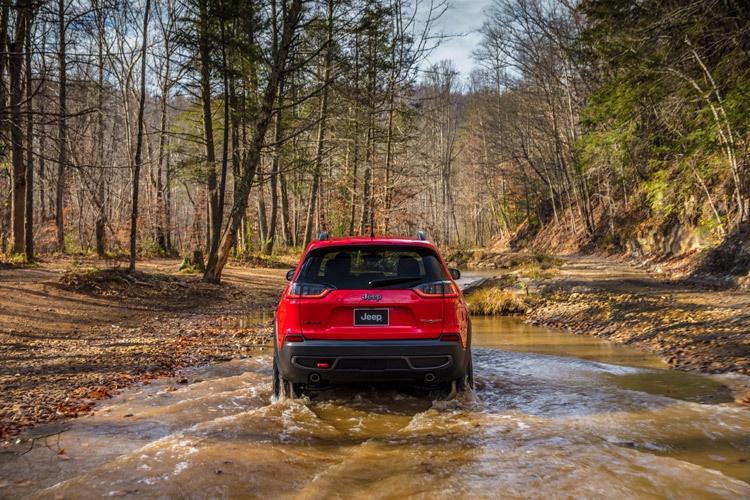
On that first point, we’d recommend avoiding the base level four-cylinder and getting either the well-rounded V6 or the punchy turbocharged four. The latter is new, bumping to 270 horsepower (from the standard four’s 180) in a lower RPM band. The turbo does have some lag with it, but no more so than what’s found in many similar engines. The bigger downer is the transmission, a nine-speed automatic that’s standard with all Jeep Cherokee models. With the turbocharged engine, it often hunts to find the right gear placement when running at mid- and higher speeds. That isn’t an issue with the V6, which churns a steady 271 horses across a higher, but broader band than does the turbo-four.
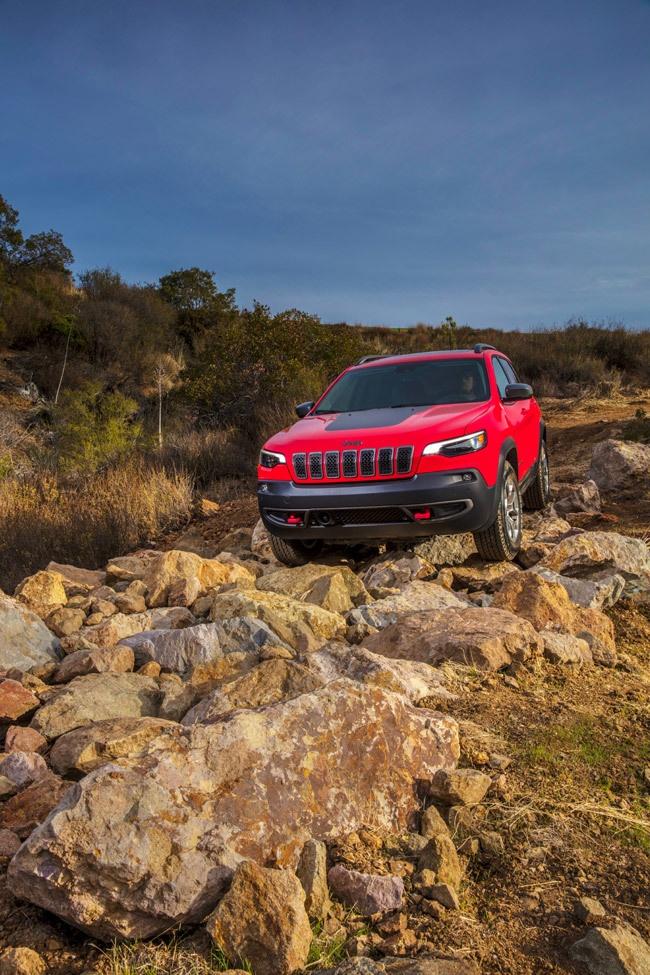
Where the difference between these two comes is when off-road. The turbocharged engine outputs its full torque potential of 295 pound-feet fairly quickly--somewhere under 2,000 RPM. The V6 sends its torque out in a steadier stream, but takes longer to get there and then offers 56 pounds less at 239 lb-ft. At low speeds in four-wheel drive with the higher torque coming sooner, the turbo engine definitely shines above the other options. My kids were more than happy with the punchiness of the Trailhawk’s turbo’d engine as we bounced through Wyoming. 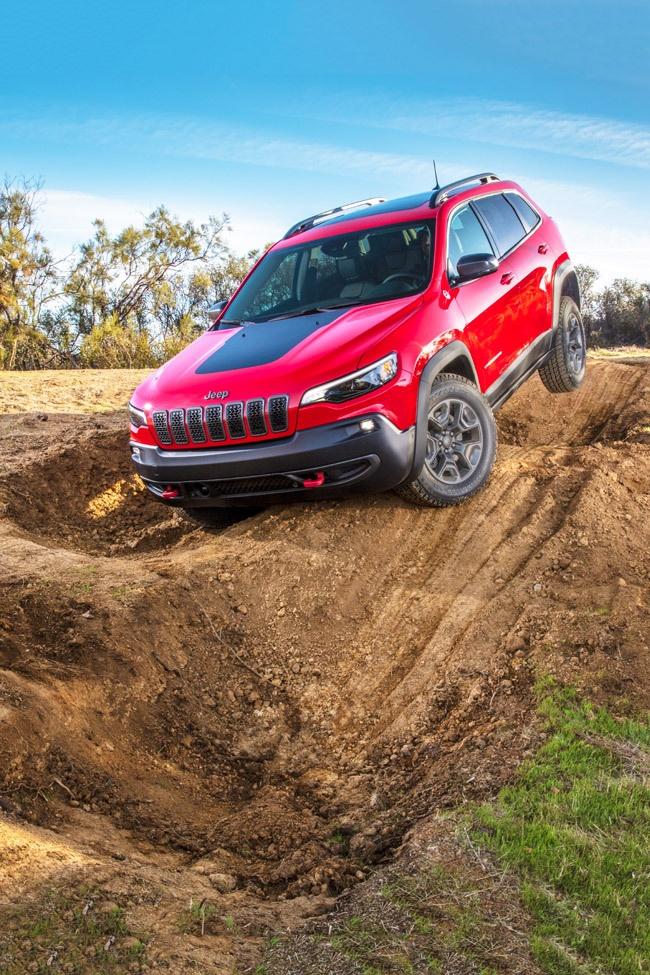
The 2.0L turbo also shines when it comes to fuel economy, returning 31 mpg on the highway, the same value as the 2.4L standard four-cylinder base engine. The V6 falls behind at 29 on the highway and a full 3 mpg lower in city rating as well. At varying altitudes, the turbocharged option will also be more consistent in delivering those numbers while the other two, being naturally aspirated, will vary considerably. It’s worth noting that the Trailhawk model loses about 1 mpg due to the added weight of its extra equipment and the wider and more aggressive tires.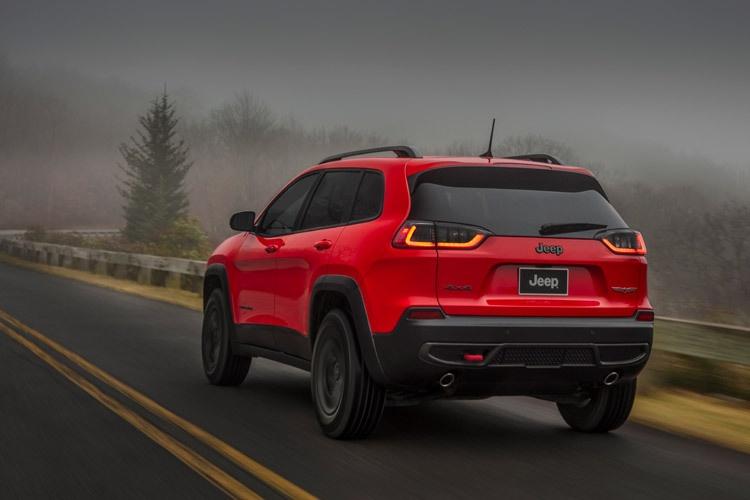
Speaking of added stuff, this, surprisingly doesn’t translate into a terrible on-road feel or a loud interior. The days of the off-pavement-capable Jeep being the least comfortable road drive are gone.
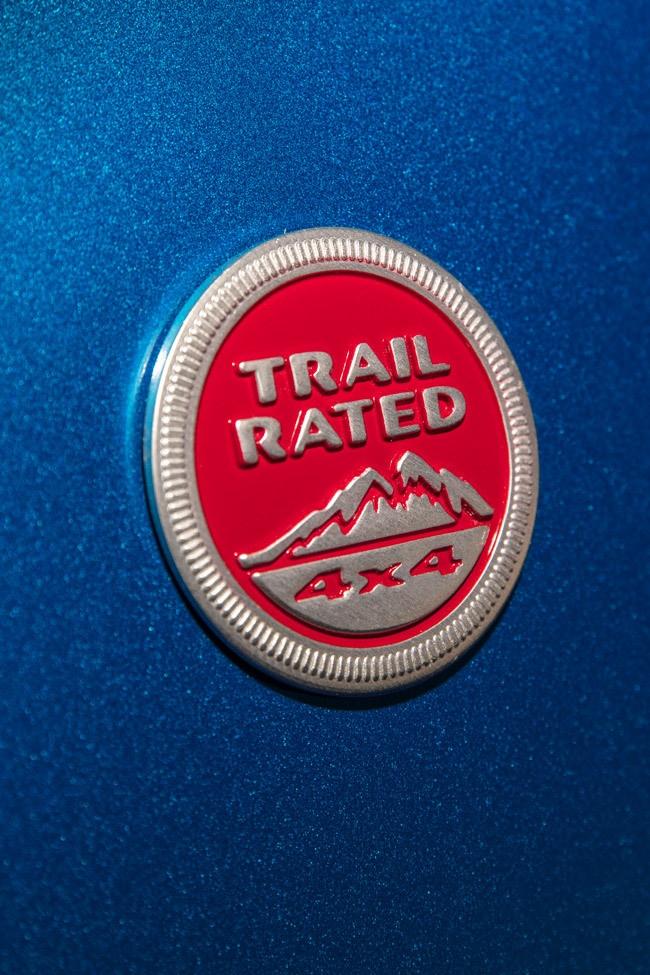
The Trailhawk adds a quasi-4WD system called Active Drive II with Active Drive Lock. Which is a fancy way of saying it has a multi-speed transfer case with locking differentials. All-terrain tires with a slightly wider track, more ground clearance, and a tuned off-road suspension are also added. Along with skid plates, tow hooks, hills ascent and descent controls, and unique badging and upholstery. These take the Cherokee up a notch in terms of capability.
Hey Aaron Turpen wants you to share this!

